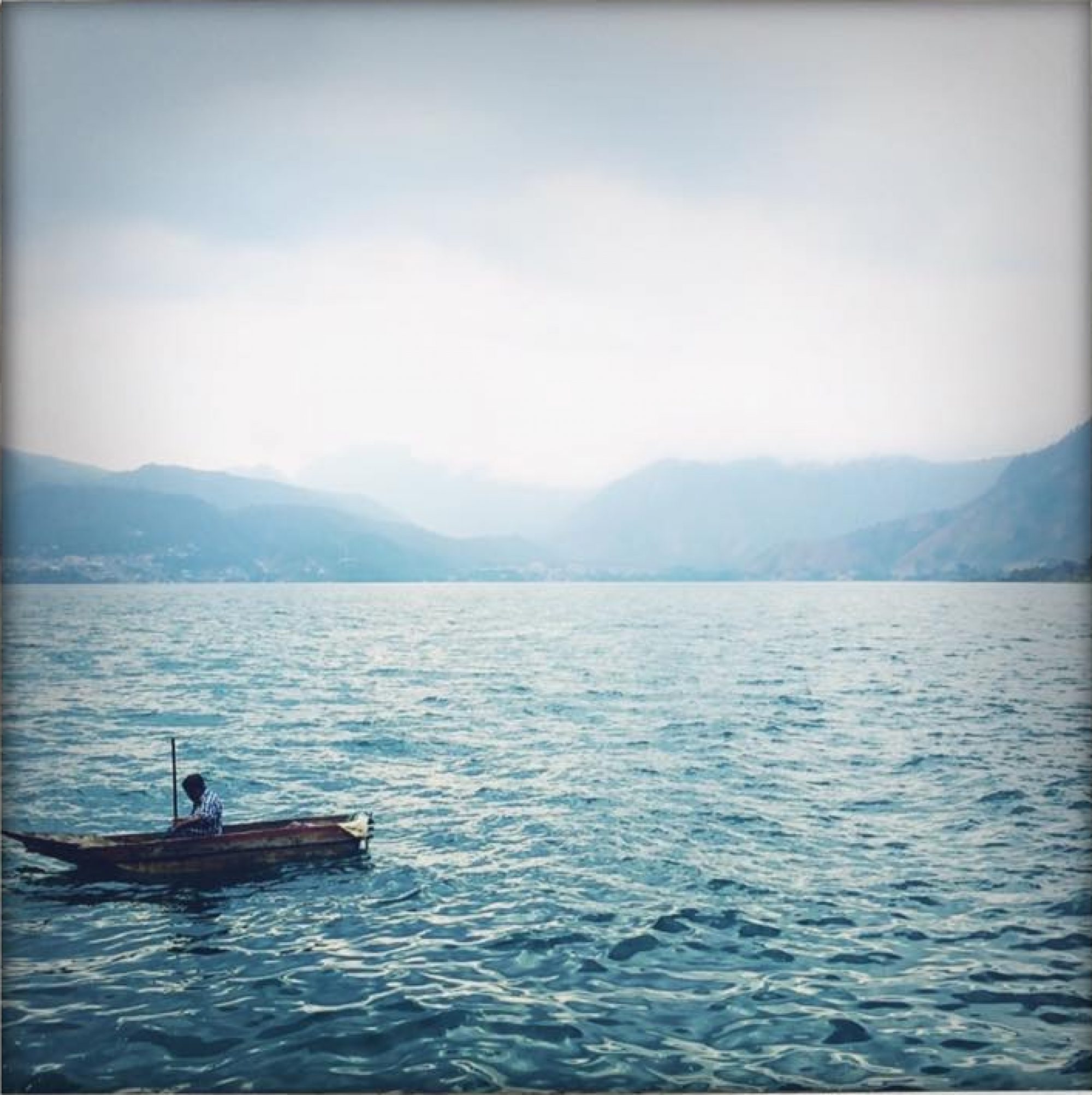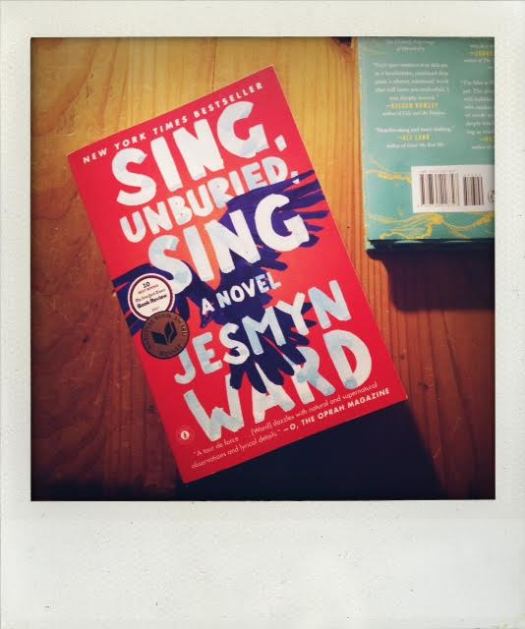I did not feel like being quiet today.
So I went down to the metro station and made some noise,
with a bunch of other American citizens who did not want to be quiet either.

Quiet Spaces and Ways of Being
I did not feel like being quiet today.
So I went down to the metro station and made some noise,
with a bunch of other American citizens who did not want to be quiet either.
Have you ever heard the wonderful silence just before the dawn? Or the quiet and calm just as a storm ends? Or perhaps you know the silence when you haven’t the answer to a question you’ve been asked, or the hush of a country road at night, or the expectant pause of a room full of people when someone is just about to speak, or, most beautiful of all, the moment after the door closes and you’re alone in the whole house? Each one is different, you know, and all very beautiful if you listen carefully.
Norton Juster
The Phantom Tollbooth
This Friday evening is a quiet end to an exhausting week.
It feels like weeks have gone by without a truly quiet moment.

Jesmyn Ward has won the National Book Award for Fiction twice here in the US. The first time was for Salvage the Bones (2011) and the second is for this book released last year. Ward is the only female author to win the award more than once. Last year she also received a MacArthur Foundation “Genius Grant.” Her essays and other nonfiction work have received high praise as well.
I don’t actually remember all that much about Salvage the Bones, but I remember feeling like it didn’t make much of impression on me. I am, however, excited to read this novel. I have enjoyed the first few pages which introduce us to biracial 13 year old JoJo and some of the complicated male and female family figures in his life in Mississippi–all of whom occupy a decaying, dreamy and malevolent landscape.
A lot has changed in America between the writing of Salvage the Bones and Sing, Unburied, Sing. This feels like a book of its time.
My fiction book group selected this novel as our book for June. I have five days to read it to be ready for our discussion next week.
I will be reading it quietly.
And I will be reading it quickly.
My blog went quiet for two weeks.
And that was fine.
i think.

I have had this book on my radar for several years. It was shortlisted for the 2015 Man Booker Prize as well as the 2015 National (US) Book Award and came highly recommended by friends. A Little Life weighs in at over 800 pages, making it a nonstarter for my book group. The challenge has been to sneak into my reading schedule while also reading our group choice for the month. While it has received many accolades it has also derisively been described as “abuse porn” for it’s truly harrowing depiction of childhood trauma.
It took me a while to get into this novel about a group of four male friends who meet in college. But 294 pages into it I am finding that it is one of the most absorbing and affecting books that I have ever read; love, friendship, connection, trauma, survival, brotherly bonds, what it means to be a family.
The Guardian UK recently had an excellent article about the author, Hanya Yanagihara, who is also a senior editor at the New York Times.
Don’t try to read this one on a bus to work or in a busy cafe.
Set aside some time to quietly read A Little Life.

Sunday mornings are for Segovia and reading.
It is dark already, and I am out here again, talking, telling the story to the quiet night.
Tim Winton
Every day that you wake up and look across the waters of Lake Atitlan in the highlands of Guatemala you feel like you are in a dream.
It will have taken you a minimum of 3-4 hours by car to get to most of the towns on the edges of the lake from the colonial era capital (and popular tourist destination) of Antigua. Antigua itself is 3 hours from Guatemala City (a not very quiet place at all.) The partially washed away road from Antigua will have wound up, down and over the now dormant, cloud topped volcanoes that encircle the lake.
But when you arrive at one the many unique towns on the shores of the lake, you will feel like it was well worth the effort. Life along the lake is unhurried. The sense of remoteness leaves you feeling able to take deeper, longer breadths. The bird wildlife along the shores will wake you up before the sound of cars. The whole lake, when the clouds roll in, feels shrouded in mystery. It is a wonderful place to while away the time with a book. When I went in February of last year the water was cool, inviting and calm enough to swim. Local boatmen hover near the cliffs in carved out canoes ready to rescue anybody whose jumping/diving ambitions don’t match their abilities.
The region is known for it’s distinct, proud Mayan identity*. Various Mayan dialects are spoken alongside Spanish. Unlike in the larger Guatemalan cities, women predominantly wear traditional Mayan clothing and depending on the town the men may as well.
The towns along Lake Atitlan vary in size and character and it is worth visiting as many as you can. All of the locales are connected by roads but I was advised that it was shorter and safer to take the water taxis that ferry locals from town to town–it’s only about 25 minutes across the lake. I stayed in the medium sized town of San Pedro in a homestay through the San Pedro Language School–which runs an excellent Spanish immersion program with classes under palapas overlooking the lake. San Pedro which has a number of Spanish language schools has a hippie/counter culture vibe and more foreigners than the other towns. Santiago Atitlan (strongest indigenous identity) and Panajachel (good transportation connections) are larger in size and busier, while San Marco (New Age) and San Juan (craft traditions) are quieter places.
All are wonderful.